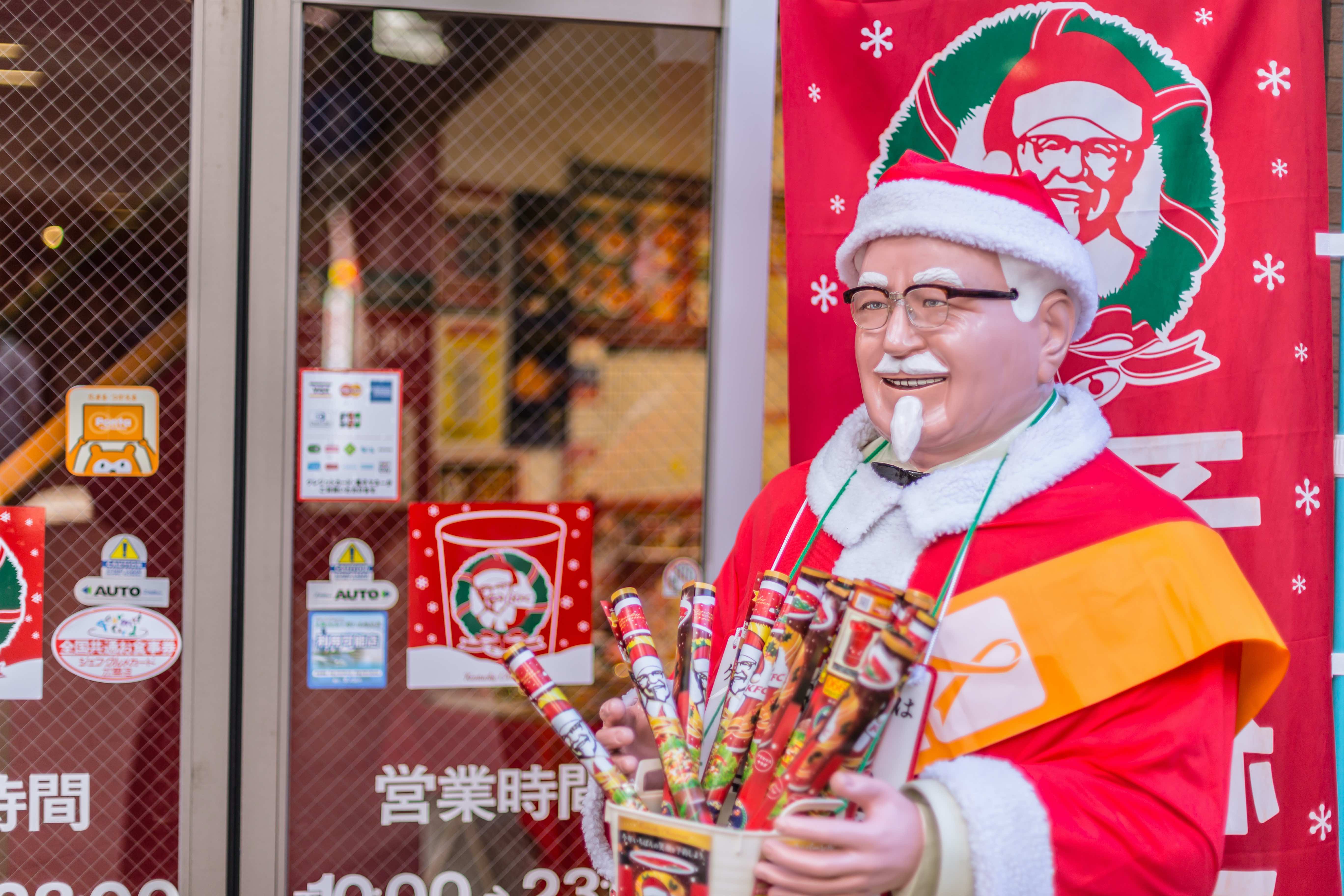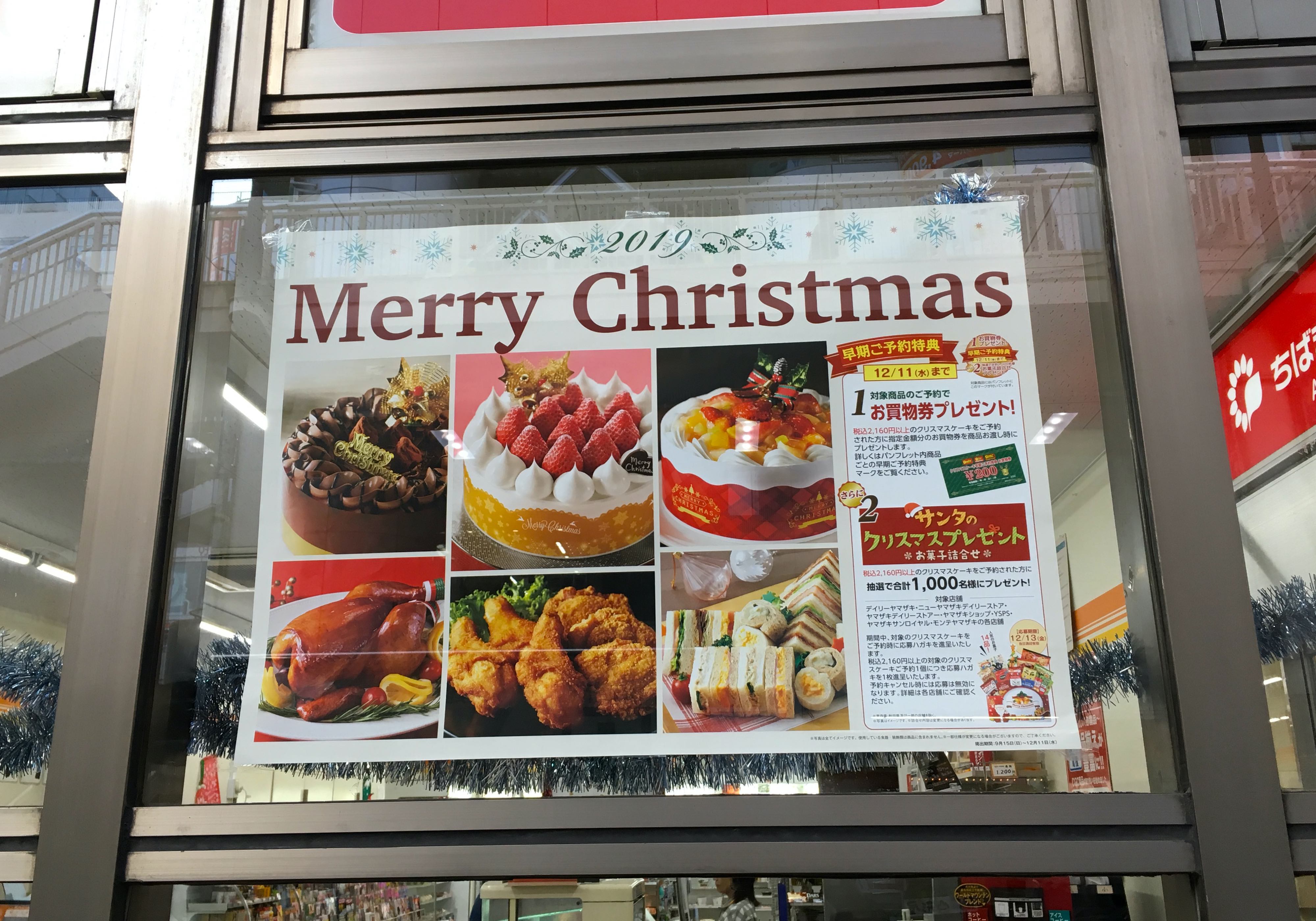
Sciences & Technology
Going green: Are fake Christmas trees more eco-friendly than the real thing?

From wrapping presents to decorating a tree, some of the traditions many of us associate with Christmas get their own cultural spin in different countries around the world
Published 24 December 2019
As a near-global celebration, Christmas has an extraordinary capacity for reinterpretation.
Religious traditions have historically spread via conquest, immigration, and conversion, but the globalisation of Christmas in the modern era shows us the importance of commercial interests and the soft power of popular culture in fuelling its spread.

The situation is no more evident than in Japan. It’s here, as an anthropologist, that I research the material culture of religion.
On one level, Japan appears to have embraced Christmas with great zeal, with illuminated Christmas trees and light shows common in major cities throughout December.
However, a few of the more esoteric traditions of Christmas in Japan are likely to surprise the uninitiated and reveal the differences in their interpretation of the festive season.

Sciences & Technology
Going green: Are fake Christmas trees more eco-friendly than the real thing?
In Japan, “Kentucky is for Christmas”, or so the popular television advertisement goes.
Together with ‘Christmas Cake’, which is a strawberry and cream sponge, Kentucky Fried Chicken (or KFC) is a staple food on approximately 3.6 million Japanese families’ Christmas tables each year.
KFC stores are decked out with statues of Colonel Sanders dressed in Santa costumes and pre-orders for buckets of secret recipe chicken begin in early November.
The origins of this particular tradition are murky.
According to one source, in the 1970s, an English expat found it difficult to source a roast bird for their Christmas table as oven-based cooking is uncommon in Japan, and so settled on KFC as the next best thing.

An astute shop owner then decided to take the menu national.
KFC’s official corporate explanation appears equally dubious, tracing the phenomenon back to a dream experienced by Takeshi Okawara, the manager of the first KFC store and later company CEO.
Regardless of its origins, in Japan today, lines of eager customers stretch outside KFC stores around the country on Christmas Eve.

Health & Medicine
Holiday stress and how to beat it
But queues can also be seen outside another unlikely feature of Christmas in Japan– love hotels.
Love hotels are short-stay accommodation that primarily facilitate a romantic rendezvous and can be booked in one-hour slots or overnight.
Because love hotels cannot be reserved in advance, in popular entertainment areas of Tokyo like Shinjuku and Shibuya, eager, somewhat sheepish, couples can be seen lining up outside hotels to wait for a room.
The popularity of love hotels at Christmas is a result of this holiday’s romantic associations in Japan.
In what is perhaps a reversal of how many Australians celebrate the holidays, in Japan New Year’s Eve is commonly spent with family, whereas Christmas Eve is an occasion for a romantic date, perhaps leading to a marriage proposal before an illuminated Christmas tree.

From the outside the custom might appear odd, but if you think about it the Christian story of Christmas, after all, is about reproduction.
As outlandish or commercially contrived as they might appear, the Christmas traditions of Japan reveal something important about rituals more broadly – which is that they are often meaningful and enjoyable regardless of people’s understanding of their origins or logic.
I suspect that few in Australia, for example, would be able to explain exactly why we decorate fir trees or carefully wrap Christmas gifts, but these traditions nevertheless evoke nostalgia, at least for some.

Arts & Culture
I’m dreaming of a...
Gift wrapping is one tradition that illustrates this point well.
The earliest evidence of gift wrapping that we have comes from scraps of hemp wrapping dating from second century ancient China.
In Japan, silk fabrics, known as furoshiki, have long been used to wrap gifts in elaborate configurations and serve both as wrapping and a present in their own right, as well as having the advantage of being reusable.
The Victorian Age saw an emphasis on gift wrapping emerge in Europe, starting with tissue paper and bows, and then wrapping paper in the early 1900s.
Anthropological theories of exchange teach us that gifts express all kinds of things about the relationship of the parties involved. Specifically, by giving gifts, people are described as giving a part of themselves.

In his study of American gifting, anthropologist James Carrier argued that wrapping transforms an object from something impersonal into something personal. That is, the act of wrapping transforms an anonymous, mass-produced commodity into an idiosyncratic, meaningful gift.
It also divorces the gift from its monetary value and creates a moment of intrigue or surprise for the recipient. This is why it’s such a faux pas to accidentally leave the price tag on a gift or to let slip the contents until the moment of revelation.
So the traditions of gift giving are governed by a complex set of social rules, but these rules are rarely explicitly explained.

Health & Medicine
Focusing on kindness, not consumption, this Christmas
More and more, December is the season of opinion pieces and public proclamations that “the true meaning of Christmas” has been lost.
However, this single view of what Christmas means devalues a whole range of popular beliefs and practices that are equally valid and authentic.
It also neglects how Christmas makes people feel, why the season can evoke such warmth, or alternatively, cause feelings of anguish.
Over the last few decades, scholars of religion recognise that belief and doctrine are only a tiny piece of a broader phenomenon called religion.
It is a lesson, perhaps, that we can all learn, as we embrace all that is novel and weird about Christmas celebrations.
Banner: Shutterstock